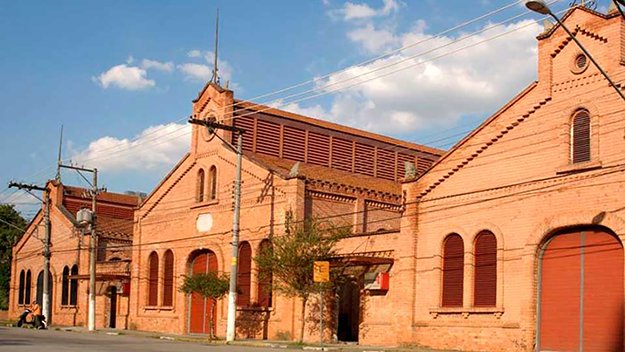History in Flames
This article appeared in the August 5 edition of The Film Comment Letter, our free weekly newsletter featuring original film criticism and writing. Sign up for the Letter here.

In the last few years, Brazil has too often been associated with images of fire. On September 2, 2018, 90 percent of the 20 million artifacts at the National Museum of Brazil—the country’s longest-running scientific institution—turned to ashes. In the next of couple years, two of the country’s richest ecosystems—the Amazon rainforest and the Pantanal wetlands—were ravaged by frequent fires. Only months after Paula Gaitán’s Light in the Tropics premiered at the 2020 Berlinale, some of its memorable Pantanal locations had already burned to the ground. Last week, on July 29, fire wrecked another victim: a warehouse of Cinemateca Brasileira, the largest film archive in Latin America, which has been active since 1949.
After a year of warnings from the film community, the flames were hardly surprising. In December 2019, in the latest of the many recent administrative and logistical crises faced by Cinemateca Brasileira, the federal government revoked its contract with the Associação de Comunicação Educativa Roquette Pinto (ACERP), the privately owned cultural organization that had administered the archive since 2018. Employees were left without pay and the keys were seized in August by the government, which assumed legal responsibility but did nothing to restore operations. After a meeting with the Brazilian Association of Audiovisual Preservation on August 13, Secretary of Culture Mario Frias committed to publishing an open call for a new administration within three months; instead, it was published nearly one year later, one day after the fire. The terms of the call are worrisome—it requires the new administration to recoup at least 40 percent of its budget, which would make preservation secondary to profit-making activities.
As of now, it is still unclear what was damaged, but the building hosted part of the archives of Tempo Glauber (the institution formerly responsible for the Glauber Rocha estate); documentation of state-run initiatives such as Embrafilme, which released films like Bruno Barreto’s Dona Flor and Her Two Husbands (1976); as well as the collection of the film school of the University of São Paulo. While the largest part of the Cinemateca Brasileira film collection is in a different location, so far the Brazilian government has done nothing to prevent new tragedies that may result from its incendiary neglect, jeopardizing the role that the Cinemateca has played not only as a champion of Brazilian cinema, but also as a museum of cinema for the world: in 1986, Fritz Lang’s Four Around a Woman and The Wandering Image, made in the 1920s and deemed lost, were put back in circulation thanks to prints found in the Cinemateca collection.
Read the statement put out by the Cinemateca Brasileira workers regarding the fire here.
Fabio Andrade is a PhD Candidate in the Cinema Studies department at NYU, and a film writer, programmer, and artist. He was editor-in-chief of Cinética between 2010 and 2017, and has been published by Film Comment, Film Quarterly, the Criterion Collection, Kino Lorber, and Filmmaker Magazine, among others.







